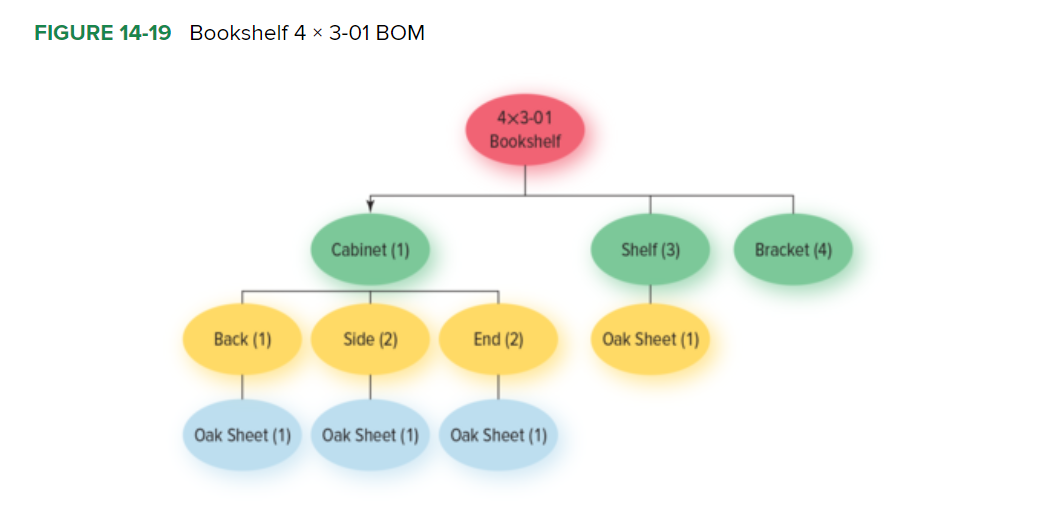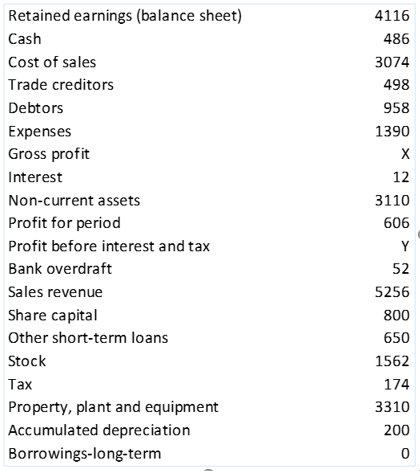Management and Organisational Behaviour
Learning Outcomes covered in this assessment:
- Apply analytical thinking, demonstrating a capacity to question existing practices and assumptions, to the study of management and organisations.
- Identify and give examples of management and organisational behaviour issues relevant to organisations operating in a global and diverse workplace.
- Express ideas, concepts and arguments in a logical and coherent written form and in conformity with relevant standards of academic writing.
- Work both independently and co-operatively, demonstrating intercultural awareness and understanding.
Assignment Information – What I need to do in this assignment.
Duration or word count: 3,500 words
Brief
| This is a Group assessment. Groups must be between 2 – 5 members.
You are required to review the attached case study (at the bottom of the assignment brief) and address the tasks outlined below.
You are a group of Management Consultants and have been employed to review the organisation structure of ‘Fletchers’ and advise Sean O’Malley.
Your task is to:
1. Conduct research into various organizational structures and design a structure that you feel would be most suitable to create a more effective and efficient operating environment. 2. Draft job descriptions and person specifications for the positions of Manager, Supervisors and Sales Assistants. 3. Outline to O’Malley the benefits of creating a good organizational culture and his role in maintaining a good culture. 4. You must make recommendations as to the policies and procedures that O’Malley should implement to improve performance. Each member of the group must submit a reflective essay highlighting the learning from the process of group working identifying any issues, challenges and how they were over come and the lessons learned that would benefit them for future group working. |
Management and Organisational Behaviour
Details
| Further details:
|
Use APA referencing style.













